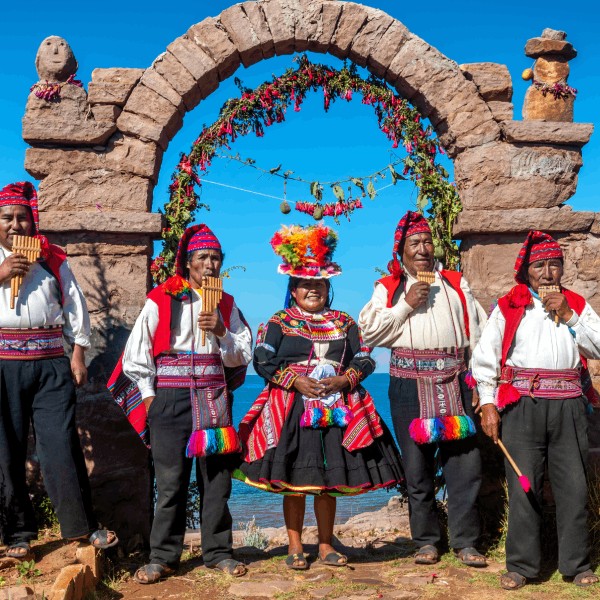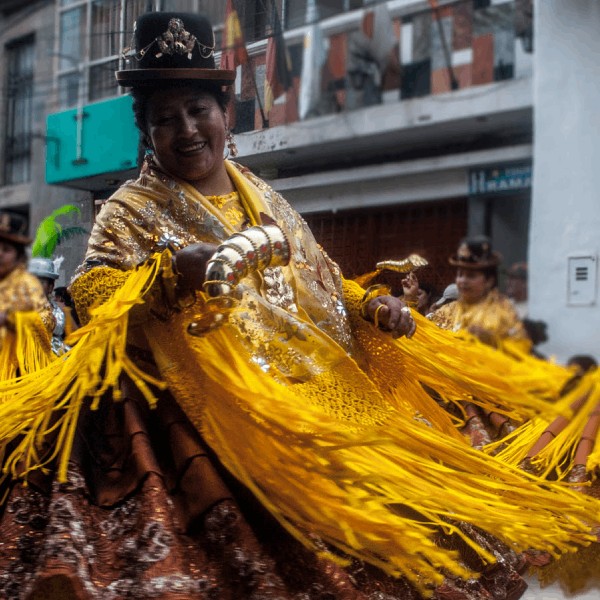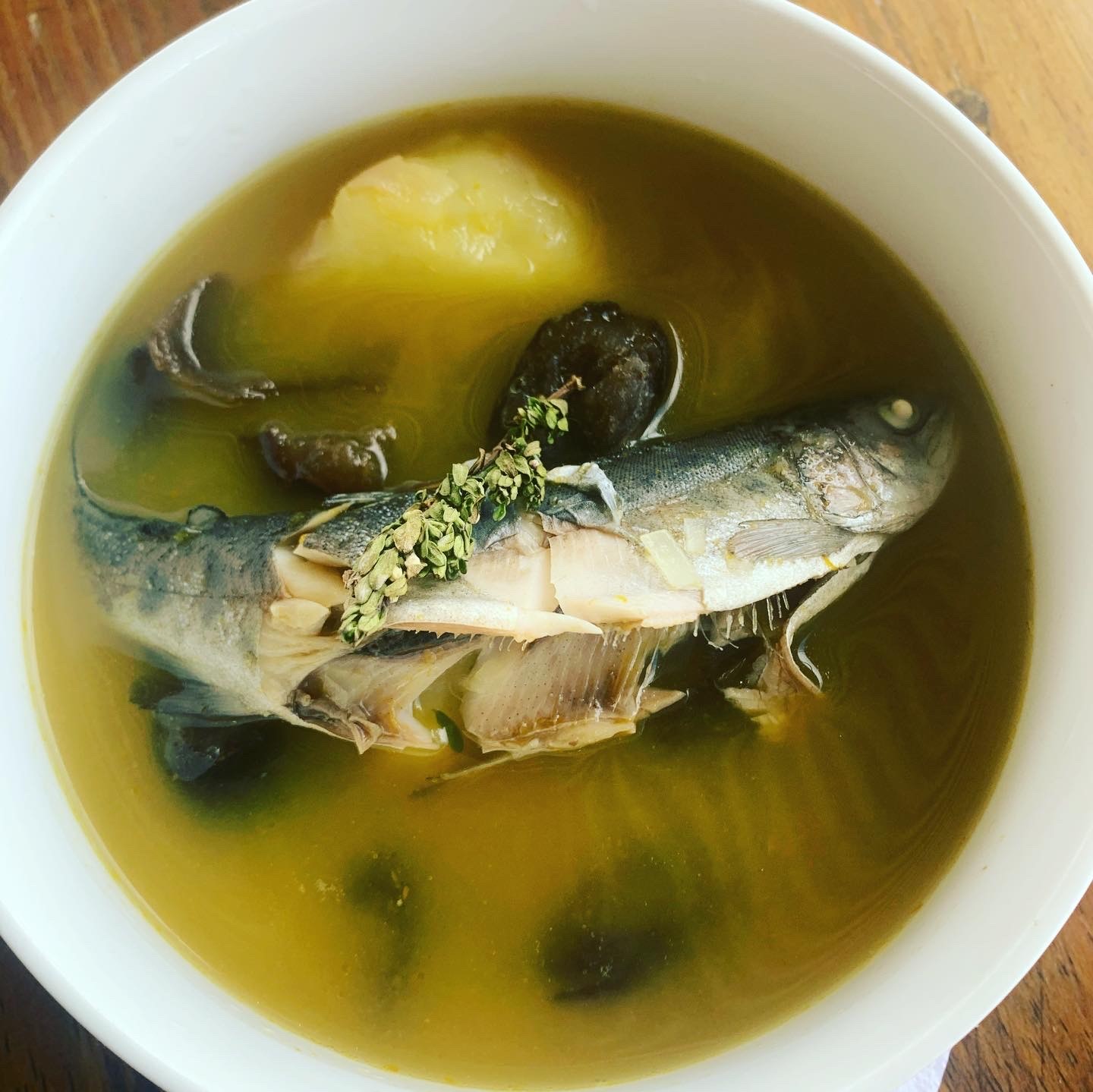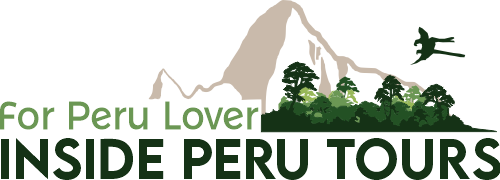 Location:
Location:
Located in the south of the country, it borders Madre de Dios to the north, Bolivia and Lake Titicaca to the east, Tacna to the south, Moquegua to the southwest, and Arequipa and Cusco to the west. It is the fourth largest region after Loreto and Ucayali.
Altitude:
Puno is located at an average altitude of 3,827 meters above sea level, up to 6,000 meters above sea level in some areas of the department. The presence of altitude sickness is more noticeable in this region.
Weather:
The weather of the city of Puno is cold and moderately rainy. The average annual temperature ranges from 2.7°C to 14.4°C. Before visiting Puno, it is essential to know which season to go. Generally, the weather is cold and semi-dry throughout the year.
Best time to travel:
During the dry season, which goes from May to October. During these months, Puno experiences a more stable and drier weather, with sunny days and pleasant temperatures during the day. This is the high tourist season in the region, as it offers ideal conditions to explore the tourist attractions.
Puno has different ways of transportation. By air from Lima, Cusco, and Arequipa, by land from Lima and all the cities in the south of Peru, and by train from Cusco.
By air:
The Inca Manco Cápac International Airport (airport code JUL) in the city of Juliaca, located 44 km north of Puno, is in charge of air transport, receiving daily flights from Lima and Cusco. It is a small airport with comfortable facilities, restaurants, and cafes.
By land:
The trip from Lima takes 17 hours with a stopover in Arequipa. Puno is about 1,300 km southeast of Lima. By land, it is connected to Arequipa, Moquegua, and Cusco.
By land:
The railway route between the cities of Cusco and Puno has been considered the second most beautiful route in the world for the beauty of its landscapes. Half of the journey is dominated by the Andes mountain range, continuing through incredible valleys of the Huatanay River. The journey stops to enjoy the scenery at La Raya, the highest point of the route.
Puno is considered the Folkloric Capital of Peru and America. It also has different attractions to admire. The following are its main attractions:
The city of Puno: A city worth visiting, highlighting the Cathedral built with millenary stones, ceremonial centers of ancient cultures, and the Incas. It houses several paintings by renowned painters from the Cusco and Italian schools.
Lake Titicaca: Undoubtedly the main natural attraction, Lake Titicaca occupies a large part of Puno and Bolivia. It is the highest lake in the world, at 3,812 meters above sea level, and it is home to several floating islands inhabited by communities that have preserved their customs to this day.
The Island of the Uros: Strolling on a floating island made of totora, a native plant, is quite an experience, as the entire island, including the houses of its inhabitants, is made of totora. You can visit these islands on your own, renting a speedboat at the port or hiring a tour with an agency that offers a 3-day or more visit to learn about their traditions.
Chucuito: Located 18 km from the city of Puno, Desaguadero it is a small town worth visiting. It highlights the Church of the Assumption, classified as one of the most beautiful colonial constructions. Another place to visit is Inca Uyo, an Inca enclosure where we find lithic pieces in the shape of mushrooms or phalluses, which, according to the guides, are related to a place of virility and fertility worship.
The Chullpas of Sillustani: Located approximately 33 km from Puno, on the Puno/Cusco route, it is a good destination to visit. It has a large number of Chullpas, constructions where the Qollas, natives of the region, buried their dead. The corpses were covered with silver or ointments to help with their preservation.

Next, we will mention some important festivities in the city of Puno:
January 3: Feast of “dulce nombre de Jesus”
February 2-11 : Feast of virgin de Candelaria
February: Carnival
March: Throughout the region – Holy Week
May 2-4: Feast of the Alasitas
June 24: Feast of San Juan.
Feast of San Juan Bautista (June 24): This religious festival is dedicated to San Juan Bautista, the patron saint of Ica. During San Juan’s day, processions and religious activities are carried out in honor of the saint.
August 6 : Feast of virgin de la Asuncion
September 8: Feast of nuestra señora de natividad
November 1: Feast of todos los santos
November 4: Anniversary of the foundation of Puno

The cuisine of Puno works with ingredients common to other Andean provinces, such as chuño, potatoes, cheese, sheep, or pork.
Fish with quinoa: Fish with quinoa is a typical dish in Puno, whose main ingredient is quinoa, a product that has conquered all social classes.
Chairo: It is one of the most important gastronomic dishes in the Puno region. It is a hearty soup made with chuño, mote, potatoes, and lamb. It helps replenish energy.
Queso Cauche: A typical dish of the Puno region. Delicious dish made with fresh cheese, milk, beans, and huacatay stems (similar a small plant), it has been conquering the palates of all social classes.
Huatia: Buffet practiced since ancient times with the permission of Pachamama or Mother Earth. Made with potatoes cooked on mounds of earth or Champa stone previously heated with firewood. Accompanied by ch’aku cheese (Andean ocopa sauce), stew, or roasted meat.
Thimpo de Carachi: Typical dish of this area, delicious and energizing, prepared with Carachi, a typical fish from Lake Titicaca that measures 10 to 15cm. It has a high phosphorus content and is accessible to all.

 Location:
Location: Next, we will mention some important festivities in the city of Puno:
Next, we will mention some important festivities in the city of Puno:
 The cuisine of Puno works with ingredients common to other Andean provinces, such as chuño, potatoes, cheese, sheep, or pork.
The cuisine of Puno works with ingredients common to other Andean provinces, such as chuño, potatoes, cheese, sheep, or pork.